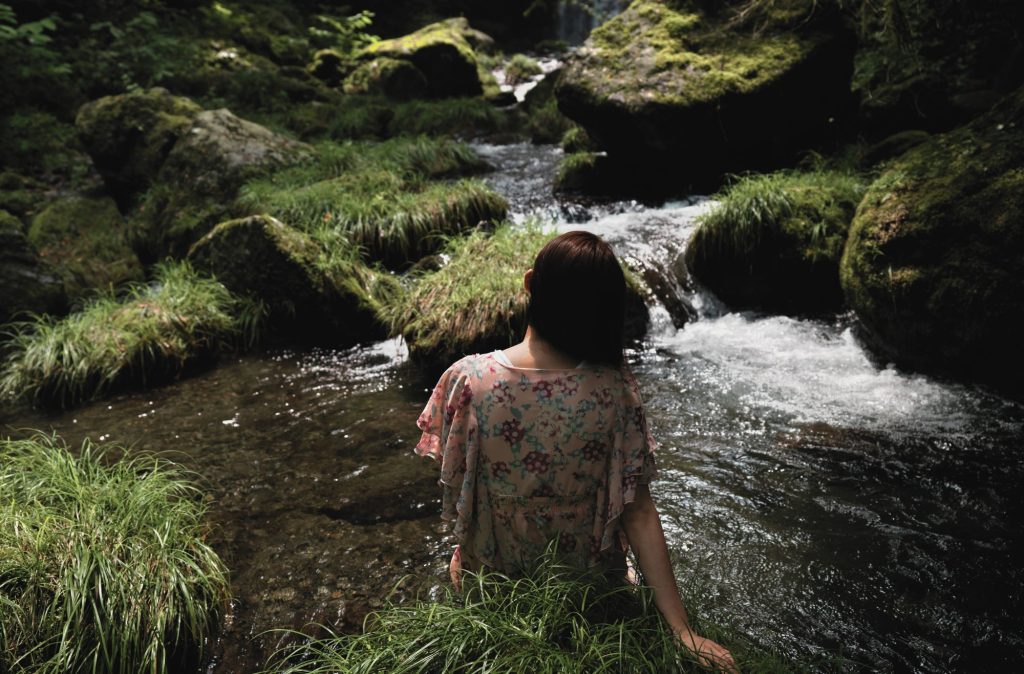
There’s a moment, just before something happens, where anticipation builds. It’s the feeling of reaching for something—knowing it’s close but not quite there yet. It’s that rush before a big event, the excitement before a trip, the tension before receiving good news. It’s the reason we set goals, make plans, chase dreams. And it’s also the reason we never feel satisfied when we get there.
Science has a name for this: dopamine.
Dopamine is often called the “pleasure chemical,” but that’s not quite right. It’s not the thing that makes us happy—it’s the thing that makes us want. It’s the surge of motivation we feel when we’re moving toward something, the energy that keeps us chasing, striving, reaching. And the most surprising part? Dopamine spikes before we get what we want, not after.
In other words, we get the biggest rush not from achieving something—but from the pursuit of it (Schultz, 2015).
The High of the Chase, the Low of Arrival
Think about the last time you really wanted something. A promotion, a creative breakthrough, a new experience. You imagined how it would feel, how much it would change things, how fulfilled you would be. And then, when you finally got it? The feeling was fleeting. The excitement faded faster than you expected. Almost immediately, your mind moved on to the next thing.
This is the dopamine cycle at work. It keeps us looking forward, pushing forward, convinced that fulfillment is just one achievement away. But the problem is, the moment we reach the goal, dopamine drops—and so does the feeling we were chasing. The brain isn’t wired to let us arrive. It’s wired to keep us moving (Berridge & Robinson, 2016).
And in the modern world, we are more addicted to this cycle than ever.
How Modern Life Hijacks Our Dopamine System
Our ancestors had to move forward to survive. They needed motivation to hunt, to seek shelter, to explore. But today? Today, we chase things not out of necessity, but out of habit. We get tiny dopamine hits from notifications, likes, new purchases, small wins. We set goals, not because they truly matter, but because we’ve been trained to need something on the horizon.
And so we keep running. We set another goal, another milestone, another reason to keep going. We measure our lives by achievements, convinced that one day we will arrive, that one day we will feel complete. But that day never comes—because it was never meant to.
How Do We Step Out of the Chase?
The problem isn’t dopamine. The problem is that we’ve mistaken anticipation for fulfillment.
We tell ourselves that happiness is just one step away—one more achievement, one more milestone, one more thing to tick off the list. But every time we reach it, the feeling fades, and we’re left looking for the next thing.
What if the feeling we crave isn’t in the arrival, but in the experience itself? What if fulfilment has never been about getting somewhere—but about being inside the journey?
Our ancestors understood this intuitively. They moved with the land, with the seasons, with the natural rhythm of life. They didn’t expect the horizon to bring them peace; they found it in the firelight, in the quiet after the storm, in the simple knowing that they were part of something larger than themselves.
But modern life keeps us looking forward, keeps us believing that the next achievement will finally bring us stillness. It won’t. Because the stillness was never there—it was always here, waiting for us to notice it.
Nordic Mindfulness™ doesn’t ask us to step away from the chase—it asks us to step fully into the rhythm of life. Instead of teaching stillness, it teaches us how to move with change, how to find presence inside momentum, how to feel deeply connected to the cycles we are part of. It reminds us that fulfilment isn’t something we reach—it’s something we return to.
Bringing Nordic Mindfulness Into Your World
The next time you feel yourself rushing toward the next thing, pause. Notice the feeling of wanting something. Sit with it. Feel its pull, its energy. And then ask yourself: If I let go of this chase, what’s left?
Traditional mindfulness tells us to sit still and observe. But Nordic Mindfulness™ teaches us to be part of the motion—to listen to the land, to feel the way life is always moving, always flowing. Go outside and notice it. Watch the wind move through the trees, the way the water bends around rocks, the way the sky is never the same from one moment to the next.
Time is not something you need to master—it is something you can move with.
Ask yourself: What if I already have what I’m looking for? What if the thing I’m chasing is already here, just waiting for me to notice it?
Maybe then, you wouldn’t need to reach so far. Maybe then, you’d finally feel what it’s like to be here.
References
Berridge, K. C., & Robinson, T. E. (2016). Dopamine, motivation, and reward: What do we know? Neuron, 92(6), 1156-1177. https://doi.org/10.1016/j.neuron.2016.10.036
Schultz, W. (2015). Neuronal reward and decision signals: From theories to data. Physiological Reviews, 95(3), 853-951. https://doi.org/10.1152/physrev.00023.2014
Leave a Reply